Champagne house Lanson has put its latest market-beating sales growth down to a new communications strategy pitching Lanson as an aperitif.
Last year, Lanson's sales rose an impressive 8% to £25.6m and volumes increased 3% [Nielsen MAT 26 December 2009], while the overall Champagne sector grew just 3% in both volume and value.
Lanson said the strong performance had been achieved through its strategy of highlighting its distinctive flavour in higher-profile marketing, which kicked off in March with sponsorship of the O2 Arena and was followed by print campaigns throughout the year.
"We needed to find our point of difference and our competitive advantage," said MD Paul Beavis. "We realised that Lanson tastes different and is the perfect aperitif Champagne."
Unlike many of its competitors, Lanson is non-malolactic, having only been fermented twice rather than the industry-standard three times. This meant it had a fruitier flavour and was more suitable for an apertif, said Beavis.
Sales had been driven by a "much greater" ad spend in 2009 than in previous years, along with the popularity of Lanson's rosé Champagne and gifting NPD, he added.
"While our competitors have focused on lifestyle imagery we have focused on taste in our marketing."
Beavis was optimistic that the oversupply problem that blighted global Champagne sales last year would improve this year.
"It is hard to quantify. The governing body of Champagne, the Comité Interprofessionnel du Vin de Champagne, releases trade figures in March and we won't know until then whether the market is overstocked, but I am optimistic," he said.
However, Pierpaolo Petrassi MW, Tesco wine buyer, warned that Champagne could still struggle this year as the economy continued to be unstable.
"It's impossible to predict how something like Champagne, which is absolutely dependent on the economy, will do until the green shoots of the economic recovery are clearly apparent," he said.
Last year, Lanson's sales rose an impressive 8% to £25.6m and volumes increased 3% [Nielsen MAT 26 December 2009], while the overall Champagne sector grew just 3% in both volume and value.
Lanson said the strong performance had been achieved through its strategy of highlighting its distinctive flavour in higher-profile marketing, which kicked off in March with sponsorship of the O2 Arena and was followed by print campaigns throughout the year.
"We needed to find our point of difference and our competitive advantage," said MD Paul Beavis. "We realised that Lanson tastes different and is the perfect aperitif Champagne."
Unlike many of its competitors, Lanson is non-malolactic, having only been fermented twice rather than the industry-standard three times. This meant it had a fruitier flavour and was more suitable for an apertif, said Beavis.
Sales had been driven by a "much greater" ad spend in 2009 than in previous years, along with the popularity of Lanson's rosé Champagne and gifting NPD, he added.
"While our competitors have focused on lifestyle imagery we have focused on taste in our marketing."
Beavis was optimistic that the oversupply problem that blighted global Champagne sales last year would improve this year.
"It is hard to quantify. The governing body of Champagne, the Comité Interprofessionnel du Vin de Champagne, releases trade figures in March and we won't know until then whether the market is overstocked, but I am optimistic," he said.
However, Pierpaolo Petrassi MW, Tesco wine buyer, warned that Champagne could still struggle this year as the economy continued to be unstable.
"It's impossible to predict how something like Champagne, which is absolutely dependent on the economy, will do until the green shoots of the economic recovery are clearly apparent," he said.







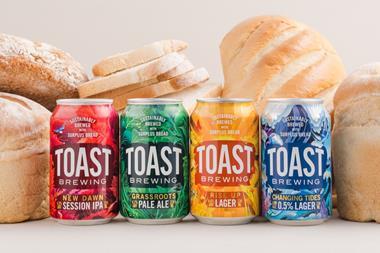


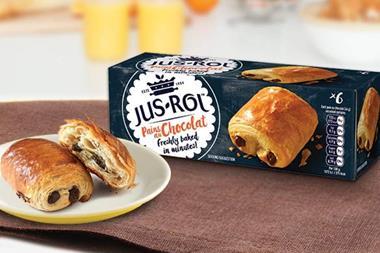
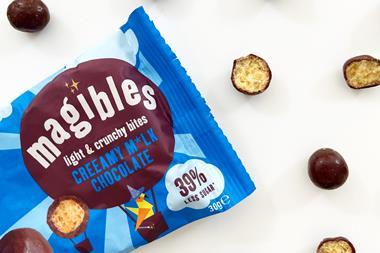
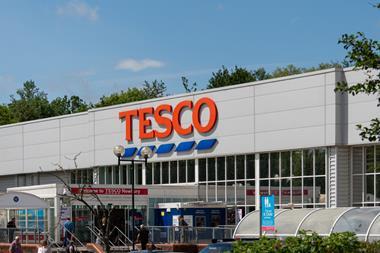
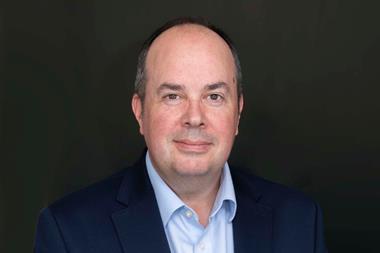
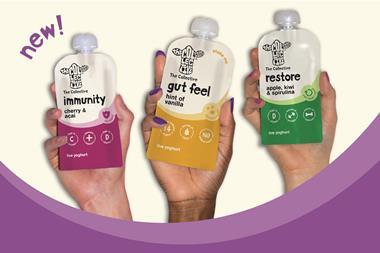

No comments yet